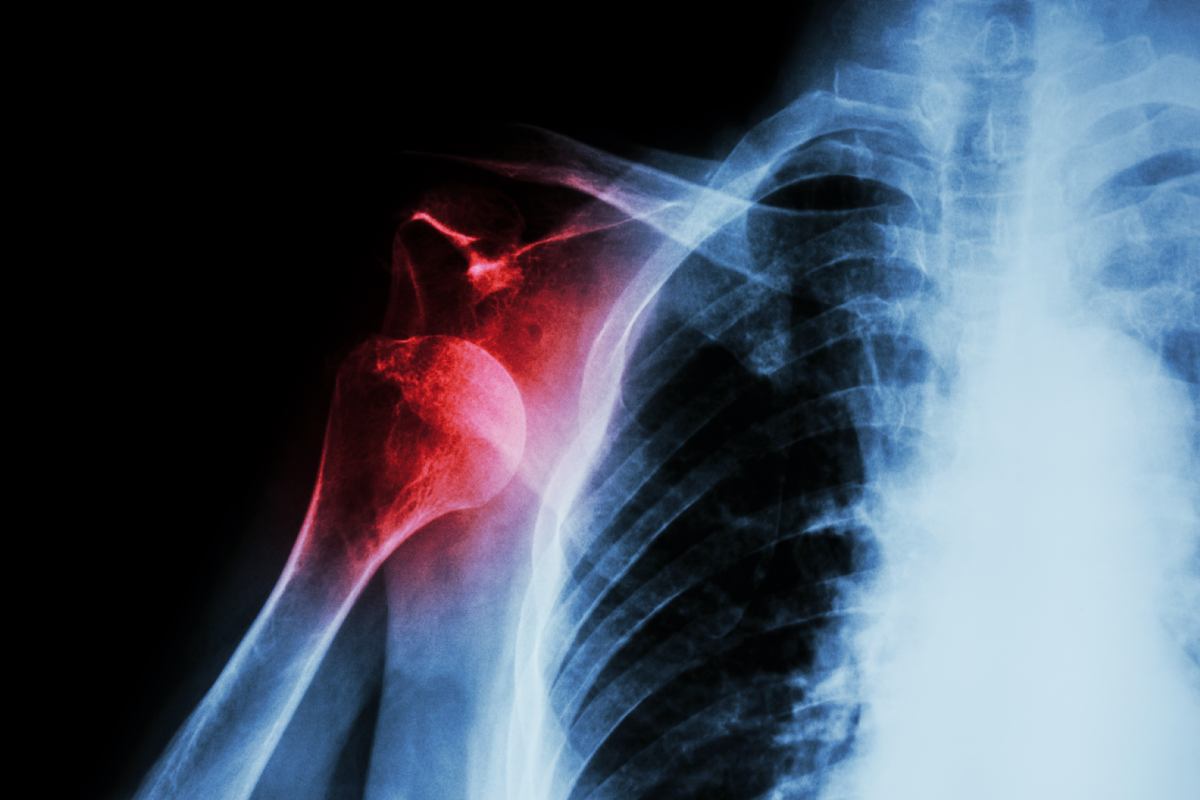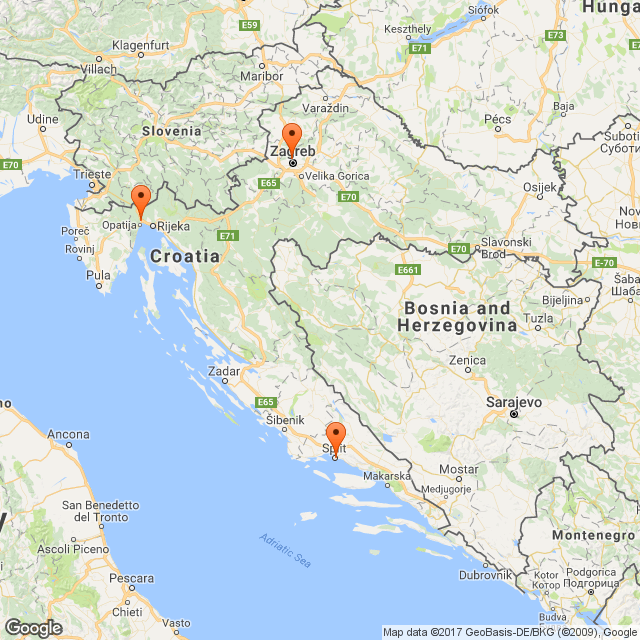Stabilization of the shoulder

Stabilization of the shoulder
Arthroscopy is a minimally invasive technique. The joint is checked by camera, and the therapy procedure is performed through separate incisions. The advantage of arthroscopic over open surgeries, is a faster rehabilitation, a lesser postoperative pain and a better aesthetic result.
The stability of the shoulder is provided by its bone anatomy, then the ligaments (glenohumeral that adheres to the shoulder blade and the upper arm bone), joint capsule, and glenoid labrum (the cartilage rim that surrounds the articular surface of the shoulder blade). Shoulder instability can be acute or chronic; traumatic and atraumatic; anterior (most frequent, in about 95% of cases), bottom, posterior, multidirectional. When shoulder is dislocated (luxation), the treatment can be conservative (orthosis, physical therapy), but often requires surgical treatment.
The younger the patient with shoulder dislocation caused by trauma, the more frequent surgical treatment. Shoulder stabilization is performed arthroscopically by using bone anchors to strengthen ligaments and labrum as to stabilize the shoulder.
The rehabilitation includes wearing an orthosis and an external shoulder rotation down to 0 degrees during the first 4 weeks. Then, the next 4 weeks the patient performs exercises to limber up, which can be started with stretching up above the head and external shoulder rotations, but only up to half of the healthy side values. After 3 months, the patient performs exercises for strengthening the muscles. Total activity, contact sports without limitations are possible about 6 months after surgery. In some cases of serious damages, patients are subjected to an open shoulder stabilization (i.e. bone surgery) when they suffer from bone injuries because of shoulder dislocation or when the reoperation is needed.
3D Animation (Bankart Repair)

